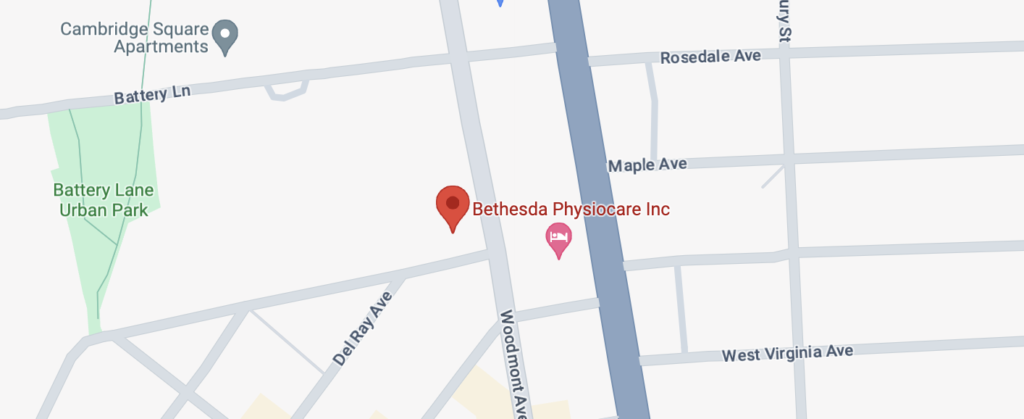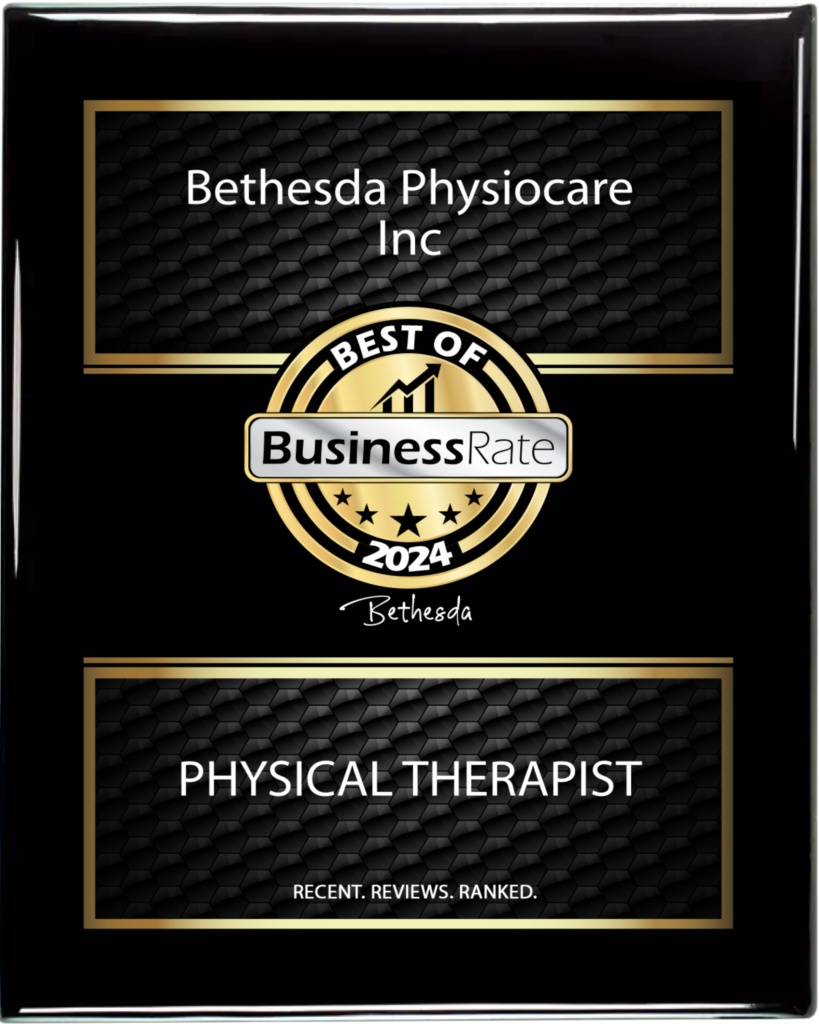
If you regularly exercise or are active through other means, then you may end up with some sort of related injury at some point. There are myriad ways to incur an injury, but most of us will experience an injury at some point in our lives. This in itself is normal, but there is a culture of “working through the pain” that is still pervasive in sports and in the workplace.
This idea can cause symptoms to linger and remain unresolved, but it is still incredibly pervasive. At Bethesda Physiocare, we’ve worked with many patients who decided to work through pain only to exacerbate it or be stuck in the same situation many months to years down the road. In our latest blog, we discuss the different kinds of injuries and why working through your injury may or may not be a good idea.
Pain Vs. Soreness: Telling The Difference
The line between pain and soreness can be quite blurry, especially for those exercising for the first time. How can you accurately tell whether you are injured or just very sore?
While pain is, and always will, be subjective, there are a few factors that typically separate the two. For one, muscle soreness usually feels like a tender, burning, or tired feeling during a workout. After the workout, there is usually a dull aching or tightness, especially when the exercised muscles are used. With regular exercise, soreness tends to dissipate. If the exercise regimen is intensified, the soreness may return but will inevitably dissipate, usually 2-3 days after the workout.
Injury-related pain, in contrast, is usually sharper and can be felt in the joints and muscles. There may also be swelling and warmth over the area. However, patients in chronic pain may have difficulty perceiving the “good pain” of muscle soreness versus injury pain. This process is called sensitization and is why pain isn’t always a good indication of tissue damage in patients with chronic pain. In those situations, it is necessary to consult with a physical therapist to determine what is appropriate to work through.
If you aren’t sure if you are sore or just in pain, our PTs can help. Through a series of assessments, we can help determine the cause of your pain and help you take the appropriate course of action to feel better.
Tips For Addressing Your Pain
Understanding your pain is crucial to healing your injury quickly and getting back to your normal workout routine.
Get A Professional Evaluation
The single best tip you can use when dealing with pain is to get a professional evaluation from a physical therapist or doctor. It can be incredibly difficult to self-diagnose an issue, so having a professional opinion can save you time and pain down the road.
If you have been dealing with pain for a week or more, don’t hesitate to schedule an appointment with a PT. Through physical assessments, physical therapists can more accurately diagnose the cause of an issue, as well as craft a plan to solve it.
While a professional evaluation is your best option, some people can’t get one. If you can’t schedule an appointment with a PT, there are still some steps you can take to address your pain.
Know Your Pain
As much as working through the pain is a revered trait of American culture, it isn’t always the best way to go about actually recovering and feeling better. Simply working through the pain can prevent it from getting better in some instances. This is most true in more acute, overuse, and athletic type injuries. They often may need a period of offloading and exercise variation before full rehabilitation can take place.
However, there are other instances when working through pain is an essential component of rehabilitation. The key is identifying the involved structure and determining what stage of injury you are in. In cases of chronic pain and sensitization, gradually exposing patients to activities that are associated with pain and fear are necessary to make long term adaptations in pain levels and function.
Allow For Recovery
Having a proper plan for recovery is also crucial to recovering as quickly as possible. To date, the most suggested protocol for recovery for acute and overuse injuries is P.O.L.I.C.E:
- Protection: Rest the injured muscle, ligament, or joint. Use assistive equipment
- Optimum Loading: Gentle motion, progressive loading (rest, passive ROM, active ROM, strengthening exercises
- Ice: Ice or heat if it feels good
- Compression: compress the area that is affected
- Elevation: Keep your injury elevated if possible
This protocol is good for most sprains and injuries in the short term. If you believe you have a more serious injury or persistent pain that hasn’t resolved, you may still need to see a PT to resolve the issue.
Reanalyze Your Current Routine
One of the first things you can do to address your pain is to analyze your current routine and see where the issue may have originated or been exacerbated. Are there certain exercises that you performed sub-optimally? Are you warming up properly? Maybe you had too many reps of a certain muscle or joint? Look for areas of improvement in your current routine to spot what may have gone wrong.
You could also look at your lifestyle outside of the gym, like your nutrition, sleep, stress, and so on. While these may have had a smaller effect, they can still be factors that contribute to you being injured.
Modify Your Routine
Once you’ve taken a hard look at your routine and identified some potential problems with it, try modifying your routine to avoid some of the more problematic exercises. That can ensure that once you start working out that area again, you don’t simply reaggravate it with the same movements. After taking a brief hiatus from certain exercises to allow things to calm down, you then can start to reintroduce the original activities that were aggravating.
Continue Working Out After Recovery
Our final tip when it comes to recovery is to not stagnate. Once you are healed, it’s time to get back to working out and activating the area of the body that was injured. Letting that area of your body lose muscle and motion can make it lose function, setting it up for further injury down the road.
We recommend you keep working out in a slow, modified way after a period of recovery. Gradually build up the intensity level until you reach pre-injury levels of fitness, after which you can resume your normal intensity level.
Choose Bethesda Physiocare For World-Class Care!
Suffering from a sports-related injury? Bethesda Physiocare is staffed by industry-leading physical therapists, dedicated to helping clients and teaching the PTs of the future. Contact us today to set up an appointment!



